U-Tapao
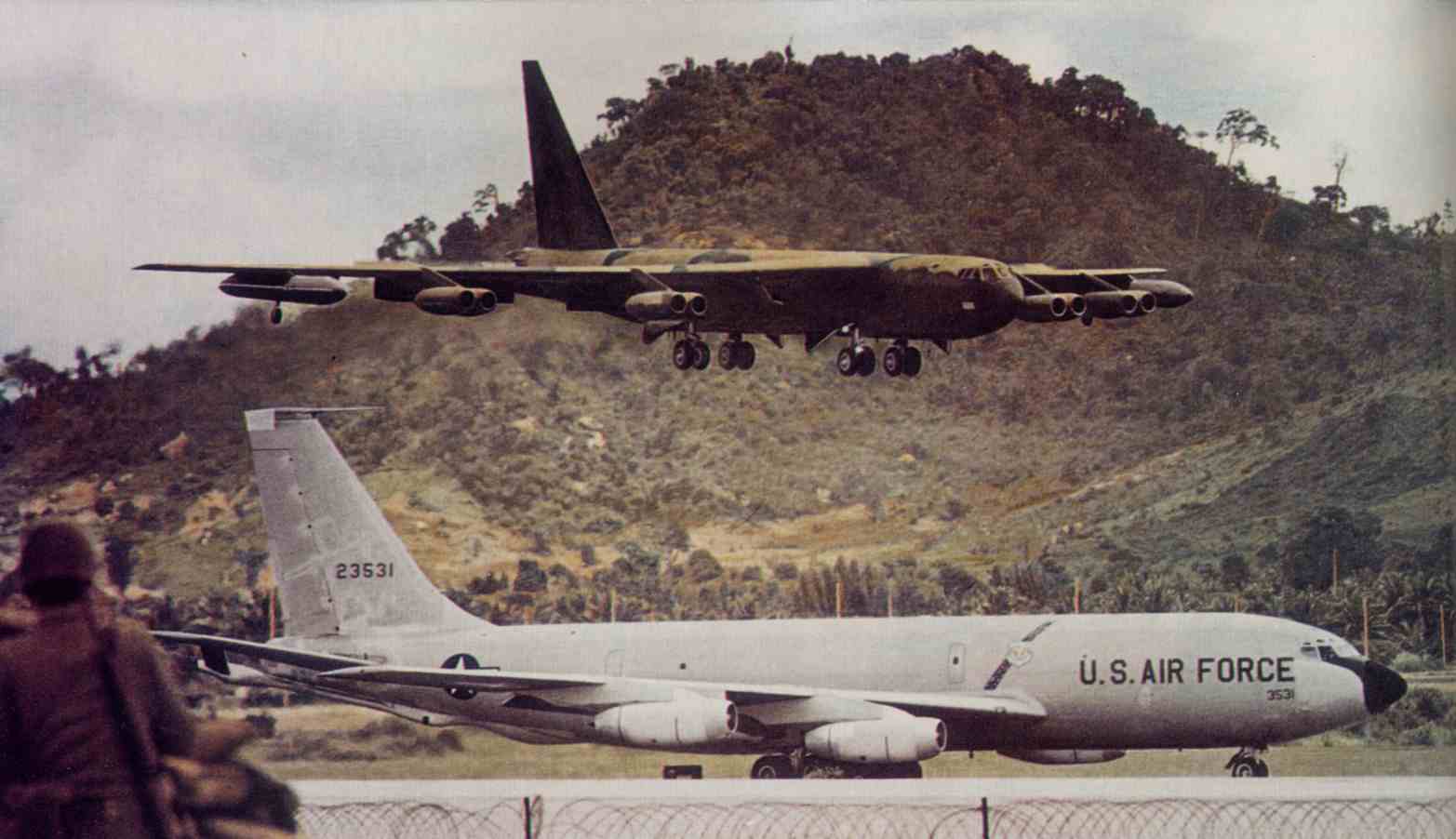
With Buddha Mountain in the background, a Thai Marine watches a B-52D land as a KC-135 taxis for takeoff.

U-Tapao RTNAB was a forward operating base for B-52 Stratofortresses and KC-135 Stratotankers of the Strategic Air Command (SAC). Providing base and logistic support for those long-range bombers and tankers was the 635th Combat Support Group (PACAF), while the flying activities and operations of these aircraft were controlled by the 307th Strategic Wing (SAC). The 307th Strategic Wing was the largest associate unit on base, and it had its own headquarters, avionics, field, munitions and organizational maintenance squadrons. The base supported the 1985th Communications Squadron, the 11th USAF Hospital, Det. 12, 38th Aerospace Rescue and Recovery Squadron, Det. VP-46, 72.6 U.S. Naval Task Group and a Fleet Air Support Unit. Ten other detachments and operating units provided on-base support for the U S. Air Force mission at U-Tapao.
Beginning construction in October 1965, the airfield was considered one of the finest in Southeast Asia slightly more than two years later. First on the airfield construction priorities were the aerodrome facilities, including an 11,000-foot runway, which became serviceable on 6 July 1966. On this date, the first landings were made at U-Tapao; first came a Royal Thai Air Force HH-16, then a USAF C-130. Steadily progressing and adding to the mission, U-Tapao welcomed its first complement of KC-135 tankers in August 1966. In September, the base was supporting 15 tankers.
One of the most significant mission changes in the history of the Air Force came about when the Department of Defense chose U-Tapao as a staging base for the SAC B-52 bombers, the giant eight-engine bomber backbone of the USAF. Official approval to use U-Tapao as a B-52 base camp came just three months before the bombers began operations in Thailand. This caused an already tremendous work load to approach the endurability limits of both men and machines, but, in true Air Force fashion, hardships were overcome, progress was made, and all efforts culminated on 10 April 1967, when three B-52 bombers landed at U-Tapao following a bombing mission over Vietnam. The very next day, B-52 operations were initiated at U-Tapao.
The 4258th Strategic Wing (SAC) was activated in June 1966 at U-Tapao under 3rd Air Division, Andersen AFB, Guam. The wing was charged with the responsibility of supporting refueling requirements of USAF fighter aircraft in Southeast Asia, plus conducting bombing missions on a daily basis.
On 21 January 1970, in conjunction with the redesignation of the 3rd Air Division, Andersen AFB, Guam, as the Eighth Air Force, the 4258th SW was redesignated as the 307th SW.
On 1 June 1972 the 307th SW was reorganized into the 17th Air Division (Provisional), the 310th SW (Provisional) and the 307th SW. U-Tapao Stratofortress force was under the control of the 307th wing, while the, KC-135 tanker force is under the 310th wing. Both wings were under the command of the 17th Air Division. Other missions of the U-Tapao organization included supplying other U.S. occupied Thai installations with equipment and material; support of the U.S. Army, Navy and Coast Guard units in the area; and jurisdiction for what became known as the Sattahip complex. This complex included a nine-berth deep water port, a Coast Guard LORAN station, three U.S. transportation units, and approximately 10,000 American servicemen and Thai nationals who worked and resided in the surrounding hamlets and towns.
Facilities located on U-Tapao included airmen dormitories and officer BOQs for housing of more than 7,000 airfield personnel, three recreation clubs, a beach facility, library, a base exchange, swimming pool, base theater, chapel and hobby shops.
The 1968 defense of Khe Sanh was the largest and most significant air campaign to date in Southeast Asia, helping to break the siege on Khe Sanh and force the North Vietnamese to withdraw. In 1969, the B-52 conventional bombing operations in Southeast Asia continued at a steady pace with greater emphasis on harassment and disruption of enemy operations than in previous years, particularly around Saigon. SAC bombers also continued to hit enemy supply dumps, base areas, troop concentrations, and the Ho Chi Minh Trail in Laos. The number of sorties flown in support of Arc Light bombing operations declined from November 1969 until ceasing temporarily in August 1970.
Guam-based B-52s resumed flying in February 1972, in a surge of Arc Light activity named Bullet Shot, reaching a peak by mid-1972 exceeding all previous records of Arc Light performance as the U.S. pushed the Communist forces hard to force peace negotiations. After the Paris Peace Accords ended U.S. involvement in Vietnam in January 1973, Arc Light operations continued in Laos and Cambodia, until the end of U.S. combat operations on 15 August 1973.
The Arc Light Memorial at Andersen Air Force Base, Guam, is dedicated to the 75 men who lost their lives flying Arc Light B-52 missions.
During the Menu series of raids, B-52s flew 3,630 sorties and dropped 100,000 tons of bombs. Individual missions in the Menu series were named Breakfast, Supper, Lunch, Dessert, and Snack, thus the name Menu bombing. Menu raids continued until 26 May 1970, when the bombing campaign was exposed by the New York Times after the start of the Cambodian Incursion by ground troops.
While the Arc Light raids were open and authorized through channels, Menu missions were not. The classified missions were directed by the White House and personnel involved had to deceive USAF officials and falsify official records. Knowledge of the operations was highly compartmentalized; even the Air Force Chief of Staff and the SEC-AF were not informed. Arc Light raids were used to cover the Menu raids. Formations were sent together, sometimes in the same groups, sometimes at the same time. While Arc Light groups hit southern targets, Menu groups crossed the border into Cambodian air-space. Menu pilots later falsified reports, stating they had bombed South Vietnam.
Visit Wikipedia's article: Operation Menu for the complete story.
In terms of tactics employed and results obtained, Linebacker was a vast improvement over Rolling Thunder. During Linebacker, American aircraft attacked targets like airfields, power plants, and radio stations which disrupted the flow of supplies and reinforcements to the units fighting in the South. Laser-guided bombs proved effective, especially against bridges, severing the bridge at Thanh Hoa, which had survived Rolling Thunder, and the highway and railroad bridges over the Red River at Hanoi. However, the enemy made use of alternate methods of crossing the streams, usually traveling at night on ferries or movable pontoon bridges. Electronic jamming as in Rolling Thunder confused the radars controlling the surface-to-air missiles and antiaircraft guns. North Vietnamese MiGs gave battle throughout Linebacker but they failed to gain control of the sky, in part because American radar detected enemy interceptors rising from runways, enabling controllers to direct Air Force F-4s and Navy fighters against them.
Nixon’s use of air power to disrupt supply lines and kill the enemy on the battlefield stopped the offensive and helped drive the enemy back a short distance without a reintroduction of the ground forces he had withdrawn from the South. In fact, the last combat troops of the U.S. Army departed in August 1972 while the South Vietnamese were counterattacking. Only 43,000 American airmen and support personnel remained. Yet the very success of the American aerial campaign caused misgivings in Saigon, where the South Vietnamese armed forces dependence on the Americans troubled President Thieu. When Thieu's commanders failed during a recent offensive, the advisers took over, bringing to bear a volume of firepower that the South Vietnamese forces themselves could not generate. Thieu realized the Americans' unilateral departure would leave South Vietnam at the mercy of the North Vietnamese forces still in his country. He balked at accepting what had come to be called a cease-fire in place, and the North Vietnamese also seemed uninterested in a settlement. President Nixon sought to remove first one and then the other obstacle to peace. He obtained Thieu’s reluctant assent to an in-place arrangement by offering "absolute assurance" that he intended to take "swift and severe retaliatory action" if North Vietnam should violate the terms of the agreement. He sought to remove the other roadblock, the stubborn attitude of the government in Hanoi, by ordering a resumption of the bombing of the heartland of North Vietnam.
Visit Wikipedia's article: Operation Linebacker for the complete story.
During these operations, Air Force and Navy tactical aircraft and B-52s commenced an around-the-clock bombardment of the North Vietnamese heartland. The B-52s struck Hanoi and Haiphong during hours of darkness with F-111s and Navy tactical aircraft providing diversionary/suppression strikes on airfields and surface-to-air missile sites. Daylight operations were primarily carried out by A-7s and F-4s bombing visually or with long-range navigation (LORAN) techniques, depending upon the weather over the targets. In addition, escort aircraft such as the Air Force EB-66s and Navy EA-6s broadcast electronic jamming signals to confuse the radar-controlled defenses of the North. The Strategic Air Command also provided KC-135s to support the in-flight refueling requirements of the various aircraft participating in Linebacker II operations. The impact of the bombing was obvious in the severe damage to the North Vietnamese logistic and war-support capability. By 29 December 1972, the 700 nighttime sorties flown by B-52s and 650 daytime strikes by fighter and attack aircraft persuaded the North Vietnamese government to return to the conference table.
The United States paid a price for the accomplishments of Linebacker II. During bombing raids, U.S. Air Force and U.S. Navy aircraft encountered intense enemy defensive actions that resulted in the loss of twenty-six aircraft in the twelve-day period. Air Force losses included fifteen B-52s, two F-4s, two F-111s, and one HH-53 search and rescue helicopter. Navy losses included two A-7s, two A-6s, one RA-5, and one F-4. Seventeen of these losses were attributed to SA-2 missiles, three to daytime MiG attacks, three to antiaircraft artillery, and three to unknown causes.
Visit Wikipedia's article: Operation Linebacker II for the complete story.
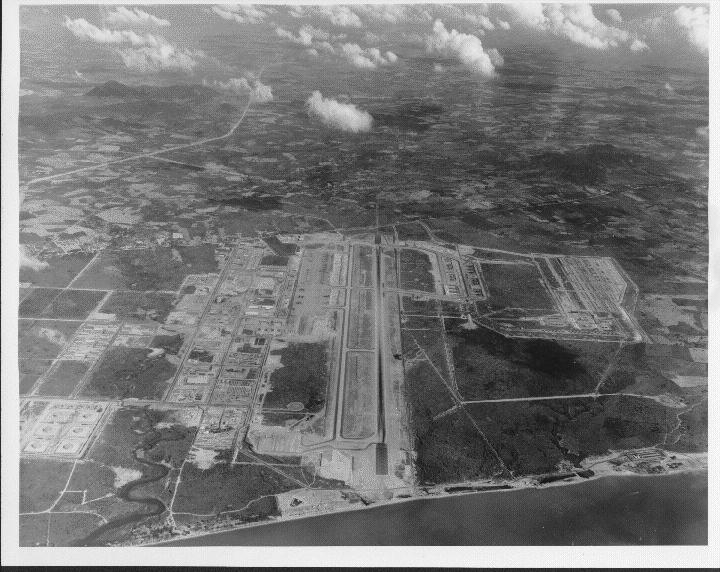
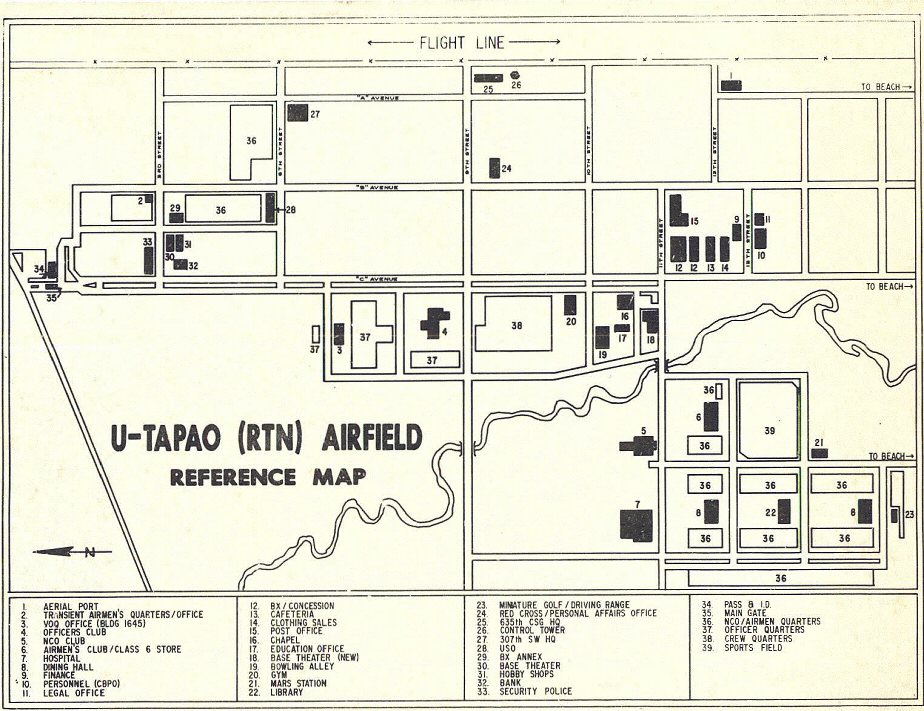
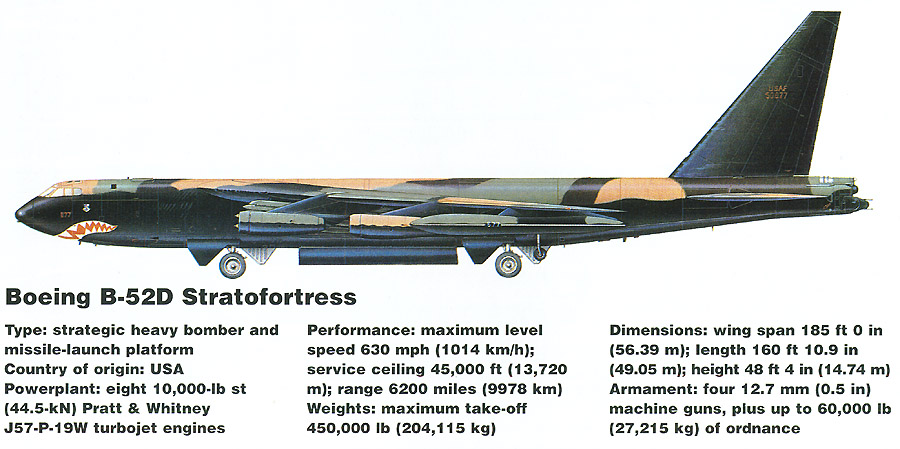
| Gallery I | Gallery II | Base Pamplet |
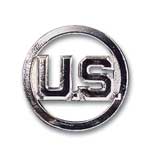 |
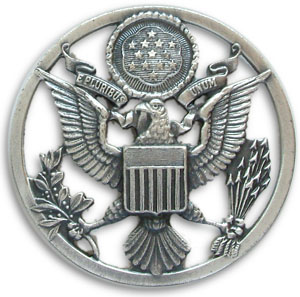 |
 |
 |
 Air Force Good Conduct Medal |
 National Defense Service Medal |
 Vietnam Service Medal |
 Vietnam Campaign Medal |
 Vietnam Cross of Gallentry with Palm Medal |
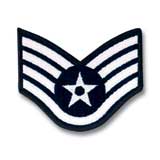 |
 |
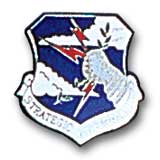 |
 |
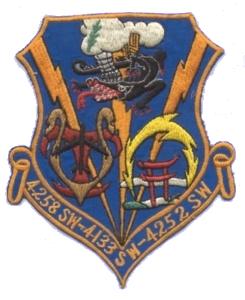 3rd Air Division patch |
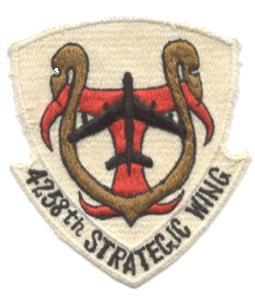 4258th Strategic Wing patch |
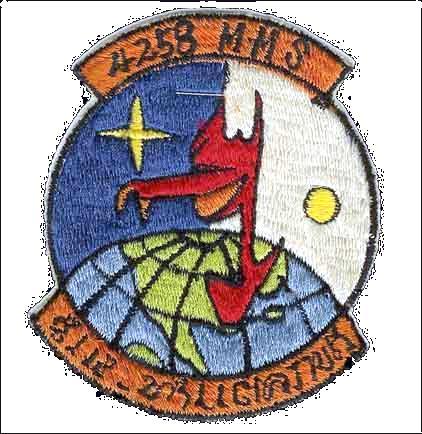 4258th MMS patch |
 8th Air Force patch |
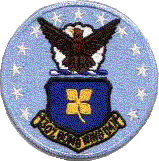 307th Bomb Wing |
 307th FMS patch |
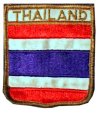 |
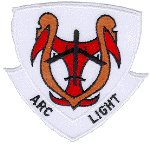 |
 |